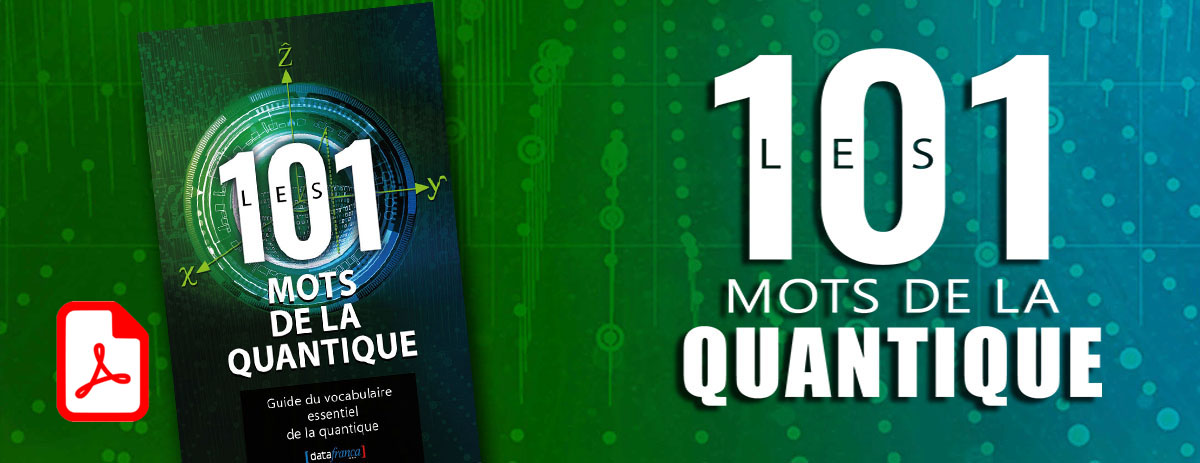Matryoshka Multimodal Models
en construction
Définition
XXXXXXXXX
Français
XXXXXXXXX
Anglais
Matryoshka Multimodal Models
Matryoshka Multimodal Models learn to represent visual content as nested sets of visual tokens that capture information across multiple coarse-to-fine granularities. Our approach offers several unique benefits for LMMs: (1) One can explicitly control the visual granularity per test instance during inference, e.g. , adjusting the number of tokens used to represent an image based on the anticipated complexity or simplicity of the content; (2) M3 provides a framework for analyzing the granularity needed for existing datasets, where we find that COCO-style benchmarks only need around ~9 visual tokens to obtain accuracy similar to that of using all 576 tokens; (3) Our approach provides a foundation to explore the best trade-off between performance and visual token length at sample level, where our investigation reveals that a large gap exists between the oracle upper bound and current fixed-scale representations.
Source
Contributeurs: Arianne Arel, wiki










